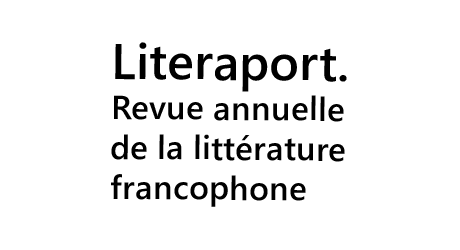

This article aims to examine the representations of the deformed and animalized female body in Marie Darrieussecq’s Truismes (1996) through the analysis of the grotesque metamorphosis of the narrator into a sow, a symbol of the reduction of women to their corporeality, their alienation and dehumanization in a patriarchal and consumerist society. The article explores the deformation
of the body through the lens of the grotesque, then the dialectics between the human and the inhuman, and finally the potential for reclaiming both the body and language. Drawing on the theories of Pierre Bourdieu and Hélène Cixous, as well as the works of Bakhtin and Levinas, the article demonstrates how the narrator of Truismes attains a body-as-subject, capable of reinvention, and how her metamorphosis, far from being mere degradation, becomes a space for reclaiming both the body and language.
Download files
Citation rules